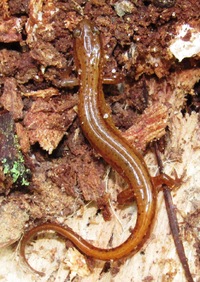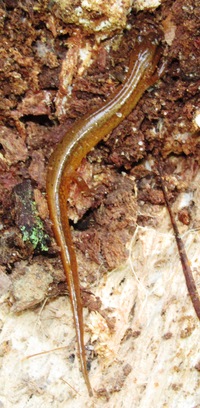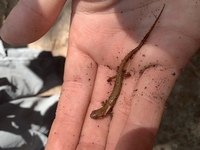|
|
|
|
|
|
|
|
Photo Gallery for Eurycea arenicola - Carolina Sandhills Salamander
| 8 photos are shown. |
 | Recorded by: J. Hall, J. Beane, J. Pippen, N. Vaughn, S. Schoenberg
Cumberland Co. |  | Recorded by: T. Stafford
Moore Co. |
 | Recorded by: B. Bockhahn, T. stafford, E. Dousharm, B. Hartness, M. Prinz
Moore Co. |  | Recorded by: B. Bockhahn, T. stafford, E. Dousharm, B. Hartness, M. Prinz
Moore Co. |
 | Recorded by: T. Stafford
Moore Co. |  | Recorded by: ASH
Moore Co. |
 | Recorded by: ASH
Moore Co. |  | Recorded by: S.Lambiase
Moore Co. |
|

 »
»


 »
»
